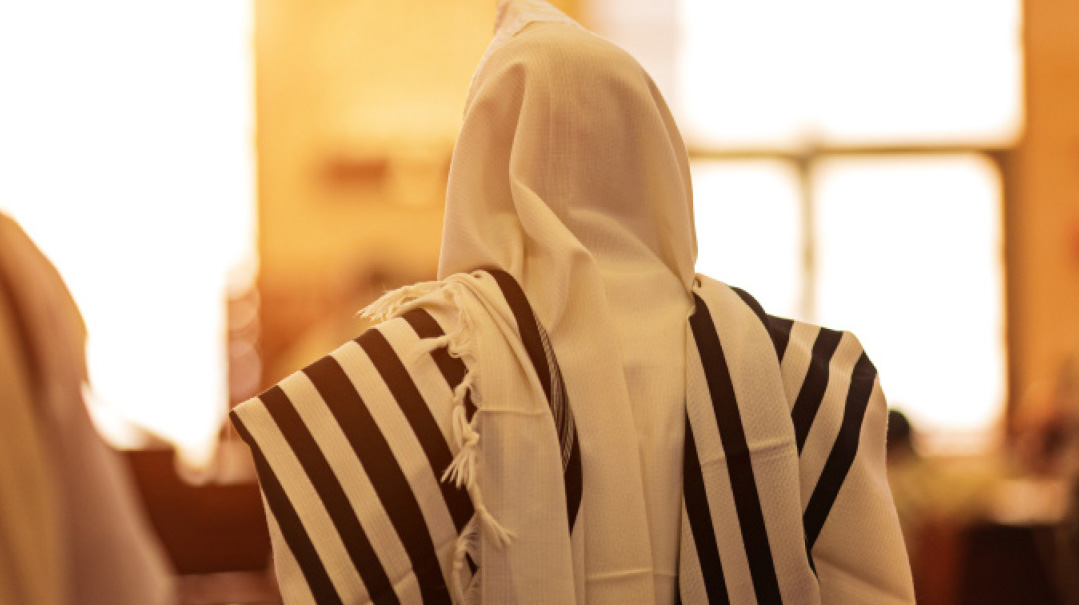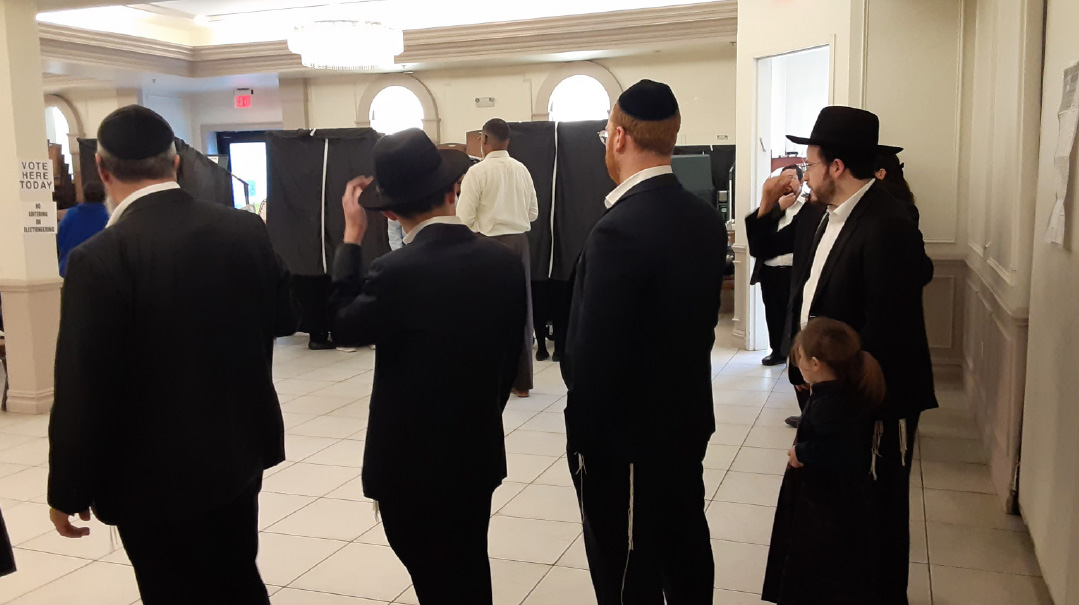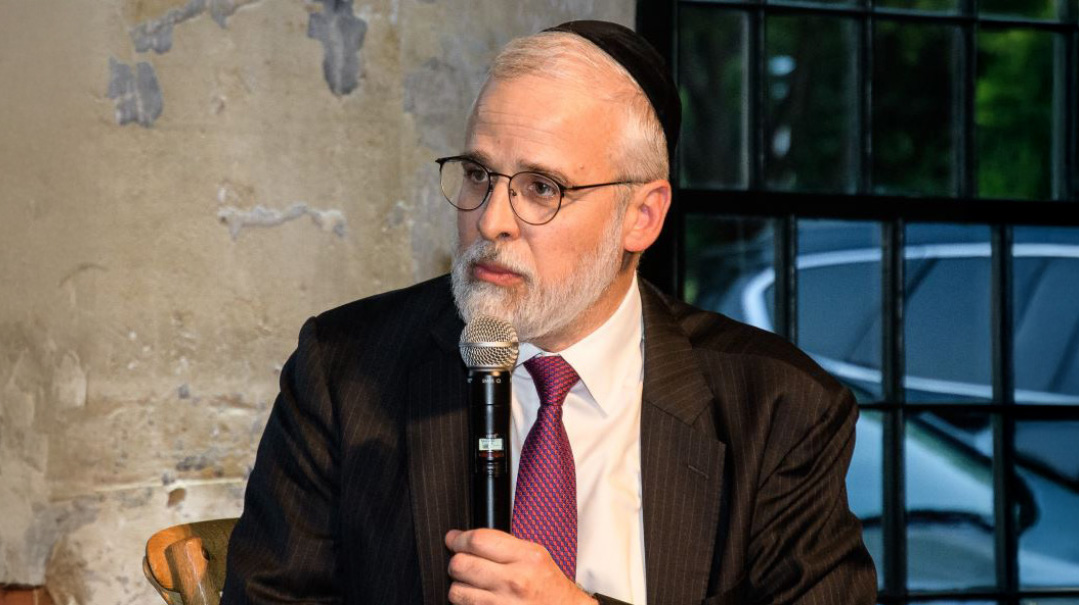How to Renew Our Tefillah
| September 10, 2024How can we inject renewed energy and vibrancy into our tefillos?

IF
there’s one thing we can all agree on as we enter the new year, it is that this year’s Yamim Noraim tefillos need to take on a new dimension. This year’s October 7 catastrophe wasn’t only a terror attack — it was a transformative moment in our galus experience. Our feeling of comfort and stability in this galus has been brutally shattered, and no doubt we have to view this as the onset of a new phase in our collective journey. And our tefillos during this season ought to reflect this transition.
But as we approach this task, we might have an uneasy relationship with tefillah. After the year we’ve all had — the agony, fear, and distress over the war in Eretz Yisrael and events around the globe — and all our months of davening and saying Tehillim, we might be harboring feelings of ambivalence, fatigue, and disappointment toward tefillah. We might feel our tefillah is not in the right place and desperately wish that we could rejuvenate and refresh our relationship with it at this critical time of year.
How can we inject renewed energy and vibrancy into our tefillos? This is something we all crave. If we explore the foundation of tefillah and its purpose, we may find a new appreciation for this special gift in our life.
A Davener’s Humility
The very first prayer in history conveys a critical lesson about the nature of tefillah. When he heard that Sedom was threatened with destruction, Avraham Avinu repeatedly poured out his soul for the city to be saved. Ultimately, his tefillos seemed to be insufficient, and Sedom was destroyed. Yet the very next day, it says about him, “And Avraham returned to the place where he’d stood” — he davened once more.
About this episode, the Gemara (Berachos 6b) says: “If one sets a fixed place for tefillah, the G-d of Avraham will assist him. When he dies, they will eulogize him by saying, ‘Where is the humble one, where is the pious one of the talmidim of our father Avraham?’ ” Those who make makom kavua, a “fixed place,” for their tefillah, like Avraham did after Sedom’s destruction, will be considered humble and pious. A question arises about the Gemara’s terms, though: We can easily understand the piety that Avraham displays in this story, but where do we see Avraham’s humility in his efforts to save Sedom?
Some of the mefarshim explain as follows: Avraham’s heartfelt tefillos for Sedom’s rescue were rejected. He was turned down. Nevertheless, he returned to the same “place” in tefillah the very next day, with the same fervor and devotion and trust in Hashem. He did not get discouraged, he did not lose faith. Avraham did not allow his human lack of understanding to stand in the way of his tefillah. He displayed the ultimate humility — the understanding that even when our prayers seem to “fail,” you keep davening, recognizing that Hashem knows best and is waiting to hear us once more.
So humility certainly plays a role in tefillah when a person continues to daven with the same fervor even after previous efforts don’t seem to bear fruit. But the humility necessary for the avodah of tefillah extends a step beyond this.
A Bitachon Infusion
To revitalize and refresh our relationship with tefillah, we need to appreciate what it truly is at its core.
In the holy words of the Chovos Halevavos: “Our aim in tefillah is to express the soul’s longing for Hashem, its submission before Him, elevating its Creator, praising and thanking His Name, and casting all of its needs and its hope upon Him… Our Sages arranged a nusach that shows man his need for Hashem and to acknowledge his dependence upon Him.”
Tefillah at its core presents us with a challenge: Will we put our lives in the hands of Hashem? Or will we ascribe everything to the chaos of “fate”? Will we turn to Hashem and acknowledge that He is running the show? Or will we claim we can dictate and control our own destiny?
Throughout the day, we engage in acts that involve our hishtadlus. We create our own game plans for business, for raising our children, for building our families. We live lives filled with human strategy, formulating and forging creative plans to succeed at life. But we are expected to live with the ultimate paradox: We make decisions of our own, but at the same time we remember that in truth we are totally reliant and dependent on Hashem for success.
So how is it possible to maintain this balance, to retain this recognition of dependence on Hashem, while still putting in our best effort to succeed in life?
Only through tefillah. By this practical method, interspersed throughout our day, we internalize that everything comes from Hashem. Yes, we try this or that throughout the day to make money, but in tefillah, we reiterate that our parnassah depends solely on Hashem. We try this or that diet, but in tefillah we acknowledge that our health depends solely on Hashem.
Our life is filled with hishtadlus-driven decisions, but three times a day, we stop everything and refresh our mindset that Hashem is in charge, and whatever happens is up to Him only. Tefillah is a daily infusion of bitachon into lives steeped in hishtadlus, and it is based on our humble recognition that even with all of our plans and strategies, we are helpless without Hashem’s input and orchestration. Tefillah is our most meaningful expression of that humility.
The Secret Power
And herein lies the secret power of tefillah. There is fundamental difference between an ordinary prayer and a bitachon-infused tefillah.
The Ramchal writes that when one davens for something, we are taught (in the pasuk) that the tefillah “goes up” to Hashem’s ears.
However, as we learn in Eichah (3:44; 3:8), there are times when prosecutors in Heaven interfere with the tefillah and block its ascent, stopping it from reaching the ears of Hashem. As the Gemara (Berachos 32b) teaches, “Since the destruction of the Beis Hamikdash, the gates of prayer are closed.” There are periods of history when the Heavenly gates, as it were, are closed to our tefillos.
However, the Ramchal explains, when one’s tefillah is filled with bitachon, Hashem comes down to hear it Himself, as it were; all obstacles become irrelevant. And that’s what the pasuk means, “I hoped to Hashem and Hashem leaned down towards me, and heard my prayers.” In other words, a tefillah would generally have to go up, but for a tefillah fueled with bitachon, Hashem comes down, and nothing can interfere with it.
Why is there this foundational difference between an ordinary tefillah and one infused with bitachon?
It is because a tefillah permeated with bitachon is an expression of utmost humility — an acknowledgment that despite our efforts and hishtadlus, we can accomplish nothing without Hashem’s input. And we are taught in Chazal that when a person is humble, Hashem comes down to him. The Gemara says that Hashem didn’t make Har Sinai tall but rather came down to it; the same thing happens when a person is humble. Hashem reaches down to embrace those who rely on Him and don’t feel they can do it on their own. So a tefillah with bitachon isn’t affected by blockages or interference, since Hashem personally descends to grab the tefillah Himself.
And this is a most powerful mechanism by which we can all refresh our relationship with tefillah. A re-energized tefillah is all about upgrading our level of bitachon. If we approach this sincerely, we can secure — without any obstacles — the type of year we all dream of. And to be quite frank, we could really use that just about now. Amen, kein yehi ratzon.
Rabbi Aryeh Kerzner is the rav of Agudas Yisrael of Montreal and a noted posek and popular speaker. Many of his shiurim and speeches are available online. He is the author of the sefer Halachah at Home, published by ArtScroll/Mesorah.
(Originally featured in Mishpacha, Issue 1028)
Oops! We could not locate your form.







